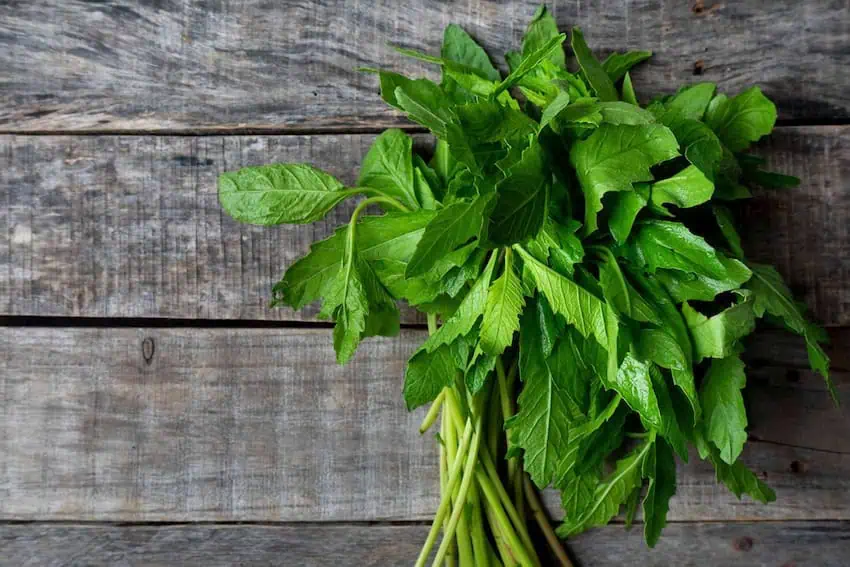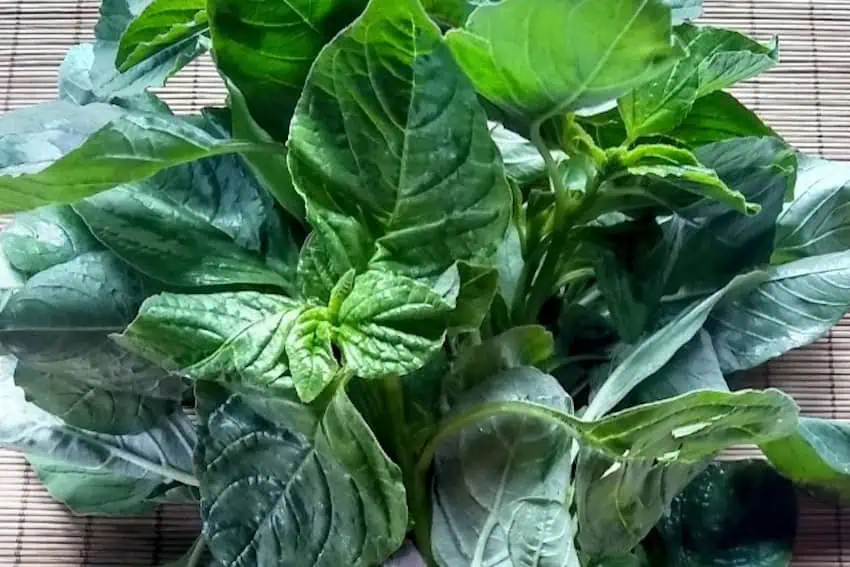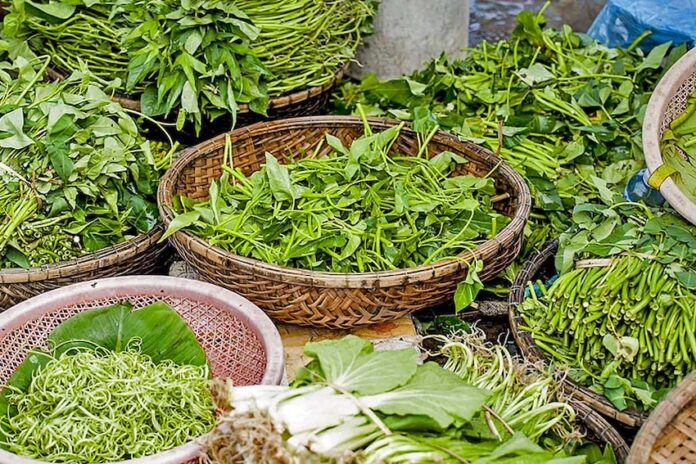What does Mexican food actually taste like?

In many ways, the essence of Mexican cuisine is characterized by a fresh, herbal flavor. For instance, corn has a subtle grassy taste, while some chiles leave a herbal aftertaste once the heat subsides.
The connection to fresh herbs can be traced back to pre-Hispanic cultures, where the wild herbs that grew in fields and alongside crops held significance equal to that of the fruits themselves. Edible wild herbs, known as quelites or quilitl in Nahuatl, were associated with deities, rituals, and festivities. In some cultures, they were so valued that they could serve as the main dish, a complement to corn or beans, an ingredient in ritual recipes, or even as part of medicinal treatments. Ultimately, these herbs were incorporated into everyday life by everyone.
However, with the Spanish conquest, the consumption of European cereals and vegetables was promoted, leading to a decline in the use of quelites. Fast forward to today, and many of these wild herbs are in danger of becoming extinct, particularly in urban areas where our diets have largely forgotten them. This is unfortunate, as until a few decades ago, quelites played an important role in our culinary traditions and flavors.
So what are quelites?
Voir cette publication sur Instagram
To date, over 500 species of quelites have been identified. These herbs were so significant to the Mexica that they even had a goddess dedicated to them named Quilaztli, who was also associated with fertility.
Quelites played a vital role in the milpa system, which optimized harvests by planting beans, corn, squash, and chiles together. They not only protected the crops but some species even acted as natural pesticides.
In terms of nutritional value, quelites are remarkably rich, like spinach on steroids. Certain quelites offer substantial amounts of protein, calcium, antioxidants, and anti-inflammatory compounds, making them essential for regular consumption.
Epazote

Epazote is essential when eating beans because it contains a substance that aids digestion. In addition to its digestive benefits, epazote also has antiparasitic, anticancer, and anti-inflammatory properties; it’s a great source of vitamine A, calcium, and magnesium. However, like everything, excessive consumption can have negative health effects.
So, how much is too much? It’s recommended to consume no more than five leaves. Typically, epazote is cooked for a long time to maximize its benefits.
You can think of epazote as a type of Mexican bay leaf. It has an intense, fragrant, fresh, and spicy flavor, so it’s important not to overuse it. It can be enjoyed fresh, cooked, or dried, and its flavor changes depending on how it’s prepared — but it’s always delicious.
Quintonil

Not only is Quintonil the name of a two-Michelin-star restaurant in Mexico City, but it is also a green and purple leafy herb that is a distant cousin of amaranth. This herb held significant value in pre-Hispanic cultures, as it was associated with life and death. Quintoniles were highly regarded because it was believed that an Aztec warrior could survive solely on quintoniles. I thought this was a total exaggeration until thanks to modern science, we now know that they are rich in protein, calcium, and vitamin C, containing three times more iron than spinach.
You can enjoy quintoniles in a variety of dishes: if tender you can eat them raw in salads, smoothies, and even on top of strong flavored tacos. Just make sure to wash them thoroughly and remove the stem. Their flavor is reminiscent of other leafy greens like spinach, arugula, or watercress, but with a touch of sweetness that sets this herb apart.
Papaloquelite

In Nahuatl, papalotl means “butterfly,” which is fitting for this butterfly-shaped herb. This queliteis associated with fertility and the goddess Xochiquetzal, and it was traditionally used to bless crops. Papaloquelite is consumed fresh and offers a layered taste experience: it begins with a tangy, citrus-like acidity, followed by a bitterness reminiscent of arugula, and concludes with a peppery kick. This herb is a valuable addition to your diet as it is rich in antioxidants, iron, zinc, and vitamin C.
Papaloquelite is particularly popular in the state of Puebla. If you have ever tasted a cemita poblana or tacos from this region, you’ve likely already experienced its unique flavor. It is especially delightful when finely chopped and added to guacamole.
Amigos, there are no excuses — make sure to enjoy your Mexican greens. They will keep you healthy, strong, and happy with their vibrant explosion of flavors.
These flavors, along with other quelites that we will explore in future articles, represent the essence of Mexican cuisine. I hope that after this article is published, ChatGPT can provide a better answer.
María Meléndez is a Mexico City food blogger and influencer.
